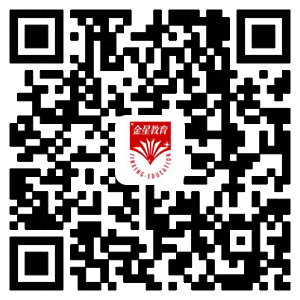(1)there be句型的否定形式
there be句型变否定形式要在be动词后加上not或no,如果句中有some,要换成any。
例如:肯定句:There are some pictures on the wall.墙上有一些图片。
否定句:There aren't any pictures on the wall.墙上没有图片。
(2)there be句型的一般疑问句
there be句型的一般疑问句是把be动词调到句首,其他语序不变,句尾加上“?”即可。句中如果有some,要变为any。
例如:肯定句:There are some ducks in the water.水里有一些鸭子。
一般疑问句:Are there any ducks in the water?水里有一些鸭子吗?
(3)there be句型的特殊疑问句
there be句型的特殊疑问句有以下三种形式:
①对主语提问:用who或what。
例如:There are many things over there.那边有许多东西。
What's over there?那边是什么?
②对地点状语提问:用where。
例如:There is a computer on the desk.书桌上有一台电脑。
Where is the computer?电脑在哪里?
③对数量提问,一般有两种句型结构:
How many+名词复数+are there+介词短语?
How much+不可数名词+is there+介词短语?
例如:There are five apples on the table.桌子上有五个苹果。
How many apples are there on the table?桌子上有多少个苹果?
易混辨析 there be与have
(1)there be和have都表示“有”的意思,不同的是there be表示“某处存在某物或某人”,表示存在。have表示“某人拥有某物”,表示所有关系。例如:There are two men in the office.办公室里有两个男人。He has two sons.他有两个儿子。
(2)当have表示“包括”“存在”的含义时,there be句型与其可互换。
例如:A week has seven days.=There are seven days in a week.一个星期有七天。
